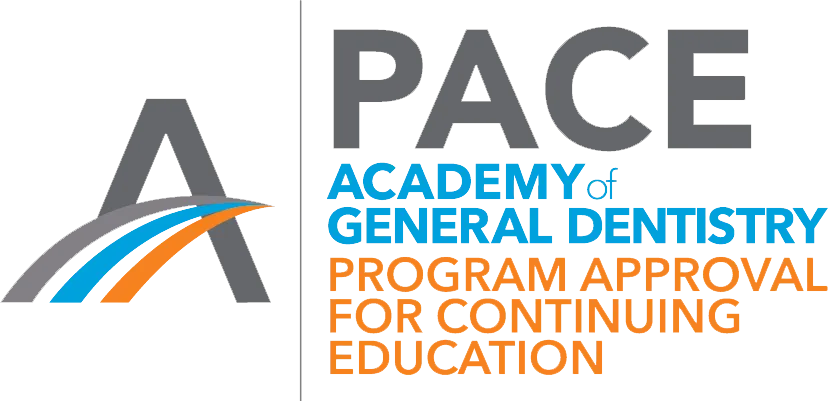
Looks like you found a spot we haven't trained yet.
But no worries — you’re just one click away from getting back on track.
The page you’re looking for isn’t here anymore, or maybe it never was.
That happens sometimes, even with the best planning.
Western Surgical & Sedation LLC | Copyright 2025 | All Rights Reserved
Built By Badmouth Digital


Facebook
Youtube
Instagram